Buy the photo The Saint Steven church and the Buttercup on the market square of Nijmegen by Jeroen de Jongh Photography on canvas, ArtFrame, poster and wallpaper, printed on demand in high quality.
About "The Saint Steven church and the Buttercup on the market square of Nijmegen"
by Jeroen de Jongh Photography
About the artwork
Nijmegen is a city and municipality in the Dutch province of Gelderland, close to the border with Germany. The city is largely located on the south bank of the river Waal, at the foot of a lateral moraine. Nijmegen has a long history that goes back more than 2000 years. As Ulpia Noviomagus Batavorum it received market rights around the year 100. In 1230 Nijmegen became a free imperial city, and in 1402 a Hanseatic city. After Nijmegen had already housed a Quaternary Academy between 1655 and 1679, the city has been a university city since the arrival of the Catholic University (the present Radboud University) in 1923.
The Grote Markt is the large square in the centre of the Dutch city of Nijmegen. The square has known many names in history, including Cruys Marct, presumably derived from a cross that stood there as a symbol of market law. In the Second World War the square was situated in the middle of the area that was most severely hit by the bombardment of Nijmegen. The square has several buildings that are designated as national monuments, including the Boterwaag, the Sint-Stevenspoortje and several residential buildings with shops.
The Boterwaag is a Nijmegen weigh house located at the Grote Markt and built around 1612-1613 to a design by Cornelis Janssen van Delft. Its Renaissance forms are reminiscent of Hendrick de Keyser's style. The building was restored in 1886 by Jan Jacob Weve. The city weighhouse was located on the right (west) side of the building. On the g

About Jeroen de Jongh Photography
I'm Jeroen, and I'll spare you the long introduction. ;) If you're looking for a landscape photo for your wall, you've come to the right place... Read more…
 Netherlands
Netherlands Ordered in November 2019
Ordered in November 2019
 Germany
Germany Ordered in September 2019
Ordered in September 2019
 Germany
Germany Ordered in March 2024
Ordered in March 2024
 Netherlands
Netherlands Ordered in June 2020
Ordered in June 2020
 Germany
Germany Ordered in August 2019
Ordered in August 2019
 Netherlands
Netherlands Ordered in December 2017
Ordered in December 2017
 Netherlands
Netherlands Ordered in April 2021
Ordered in April 2021
 Germany
Germany Ordered in December 2024
Ordered in December 2024
 Netherlands
Netherlands Ordered in January 2023
Ordered in January 2023
 Germany
Germany Ordered in April 2023
Ordered in April 2023
 Germany
Germany Ordered in October 2022
Ordered in October 2022
 Netherlands
Netherlands Ordered in November 2022
Ordered in November 2022
About the material
ArtFrame™
Interchangeable Art Prints
- High-quality print
- Easily interchangeable
- Acoustic function
- Large sizes available
Discover the artworks of Jeroen de Jongh Photography
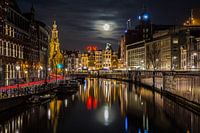 Full moon at the flower marketJeroen de Jongh Photography
Full moon at the flower marketJeroen de Jongh Photography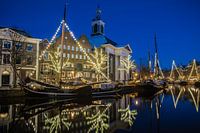 Lange HavenJeroen de Jongh Photography
Lange HavenJeroen de Jongh Photography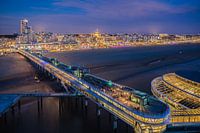 Scheveningen PierJeroen de Jongh Photography
Scheveningen PierJeroen de Jongh Photography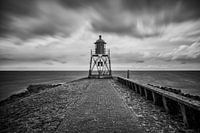 Lighthouse StavorenJeroen de Jongh Photography
Lighthouse StavorenJeroen de Jongh Photography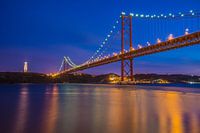 April 25th BridgeJeroen de Jongh Photography
April 25th BridgeJeroen de Jongh Photography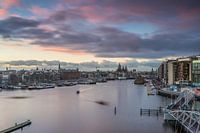 OosterdokJeroen de Jongh Photography
OosterdokJeroen de Jongh Photography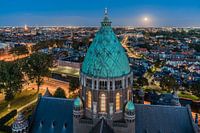 Climb to the lightJeroen de Jongh Photography
Climb to the lightJeroen de Jongh Photography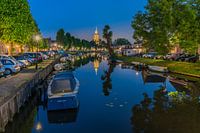 MonnickendamJeroen de Jongh Photography
MonnickendamJeroen de Jongh Photography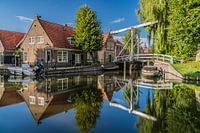 Zonnepad MonnickendamJeroen de Jongh Photography
Zonnepad MonnickendamJeroen de Jongh Photography Mill de Vlinder on a misty morning in the BetuweJeroen de Jongh Photography
Mill de Vlinder on a misty morning in the BetuweJeroen de Jongh Photography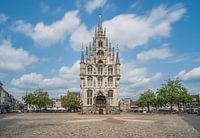 Town Hall of Gouda at the MarketJeroen de Jongh Photography
Town Hall of Gouda at the MarketJeroen de Jongh Photography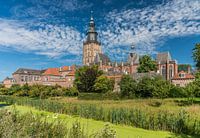 Swans at the skyline of ZutphenJeroen de Jongh Photography
Swans at the skyline of ZutphenJeroen de Jongh Photography Quiet autumn morning in the park of Groeneveld CastleJeroen de Jongh Photography
Quiet autumn morning in the park of Groeneveld CastleJeroen de Jongh Photography Magical sunrise at the Amstelveense PoelJeroen de Jongh Photography
Magical sunrise at the Amstelveense PoelJeroen de Jongh Photography Sunrise in the cherry blossom park of the Amsterdamse BosJeroen de Jongh Photography
Sunrise in the cherry blossom park of the Amsterdamse BosJeroen de Jongh Photography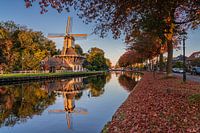 The last autumn sunlight on Mill 't HaantjeJeroen de Jongh Photography
The last autumn sunlight on Mill 't HaantjeJeroen de Jongh Photography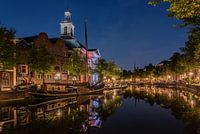 Peace and quiet at Schiedam's Lange HavenJeroen de Jongh Photography
Peace and quiet at Schiedam's Lange HavenJeroen de Jongh Photography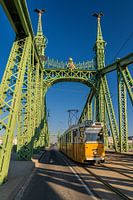 Tram 47 passes over the Freedom Bridge in BudapestJeroen de Jongh Photography
Tram 47 passes over the Freedom Bridge in BudapestJeroen de Jongh Photography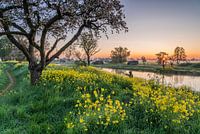 Rapeseed at sunrise in Werk aan de GroenewegJeroen de Jongh Photography
Rapeseed at sunrise in Werk aan de GroenewegJeroen de Jongh Photography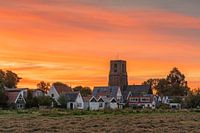 Sunset at the Tower of Ransdorp in AmsterdamJeroen de Jongh Photography
Sunset at the Tower of Ransdorp in AmsterdamJeroen de Jongh Photography
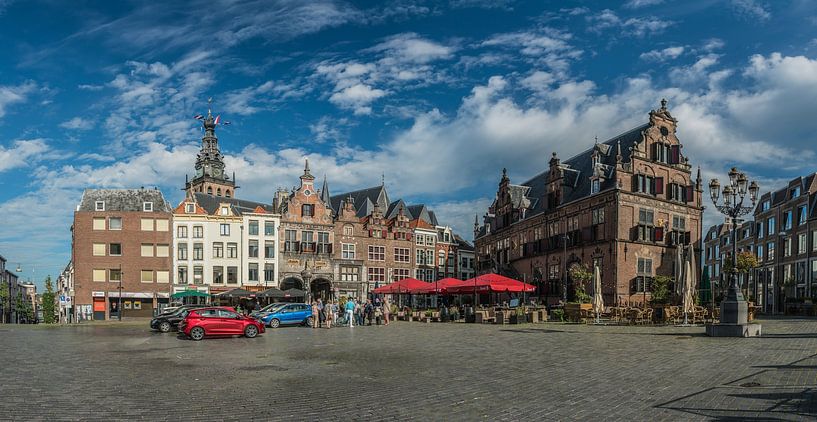







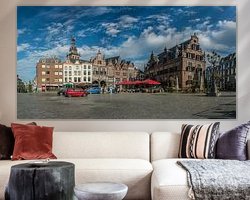




 Cafés / Restaurants
Cafés / Restaurants Europe
Europe Joyful Moments
Joyful Moments Nijmegen
Nijmegen Photo wallpaper
Photo wallpaper Photography
Photography Squares
Squares The Netherlands
The Netherlands Vibrant Colors
Vibrant Colors









